Creating a Sanctuary: Your Pet-Friendly Garden Blueprint
Designing a garden that delights both you and your pets requires strategic planning. Safety is paramount, followed by durability and enrichment opportunities. Implement these evidence-based strategies for a harmonious outdoor space.
1. Eliminate Toxic Flora
Over 700 plants pose risks to dogs and cats (ASPCA). Remove immediately:
Sago Palm (extremely hepatotoxic)
Lilies (cat kidney failure)
Oleander (cardiac glycosides)
Autumn Crocus (severe GI damage)
Safe alternatives:
Grasses: Wheatgrass, Blue Fescue
Flowers: Snapdragons, Petunias, Zinnias
Shrubs: Camellia, Rose (thornless varieties)
Groundcover: Irish Moss, Elfin Thyme
2. Secure Perimeter Engineering
Prevent escapes with intelligent barriers:
Dig-proof fencing: Bury hardware cloth 12" deep and curve outward at 90°
Height considerations: 6ft minimum for jumpers (e.g., Huskies, Greyhounds)
Gate security: Install self-closing hinges and double-latch systems
3. Chemical-Free Maintenance Protocols
Conventional treatments cause 20% of pet poisonings (Pet Poison Helpline). Opt for:
Weed control: Boiling water/vinegar solutions (spot application only)
Pest management: Diatomaceous earth (food-grade), Neem oil sprays
Fertilizers: Compost tea or fish emulsion (allow 48hr drying before pet access)
4. Hardscaping for Durability
Prevent muddy paws and plant damage:
Pathways: Permeable pea gravel (3/8" size) or textured flagstone
Rest zones: Elevated cedar beds with shade covers
Digging pits: Designated sandbox with buried toys (use child-safe sand)
5. Enrichment Zones
Stimulate natural behaviors safely:
Sensory garden: Catnip, Valerian, and Rosemary in elevated planters
Water features: Recirculating fountain with shallow access ramp
Agility elements: Log hurdles and weave poles on resilient turf
6. Hazard Mitigation Checklist
Mulch: Use untreated pine or cedar – avoid cocoa mulch (theobromine toxicity)
Tools: Lock sharp equipment in sealed storage
Water: Change birdbaths daily to prevent mosquito larvae/parasites
Lighting: Opt for solar path lights instead of electrical cords
Pro Tip: Create “paw wash stations” near entrances using a shallow basin with clean water and a towel rack to prevent indoor messes.
Maintenance Routine:
Daily: Toxin sweep (fallen berries/mushrooms)
Weekly: Check fence integrity, refresh water
Seasonal: Soil pH testing, paw pad-safe ice melt application in winter
“Charlie’s near-fatal encounter with lily pollen cost $3,200 in emergency care. Now our garden follows strict ASPCA guidelines – it’s peace of mind cultivated.” – Megan T., Oregon
Final Considerations: Consult your veterinarian about regional hazards (e.g., foxtails in California, toxic toads in Florida). Always keep pet first-aid kits accessible outdoors. With intentional design, your garden becomes a thriving ecosystem where wagging tails and blooming flowers coexist safely.

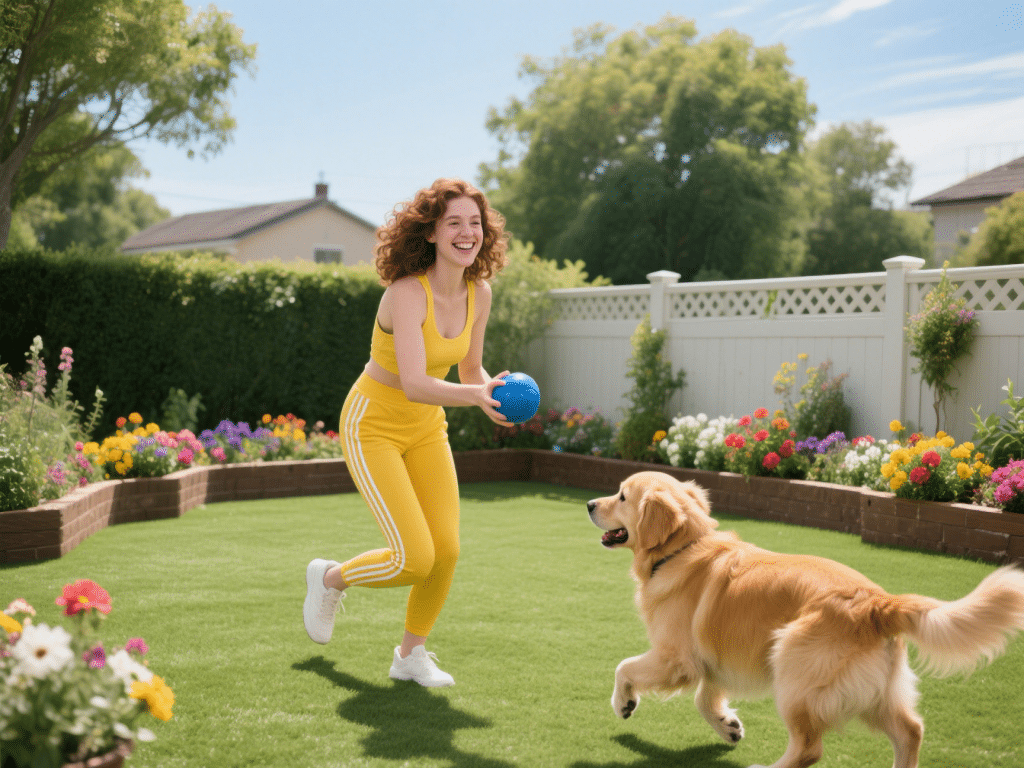

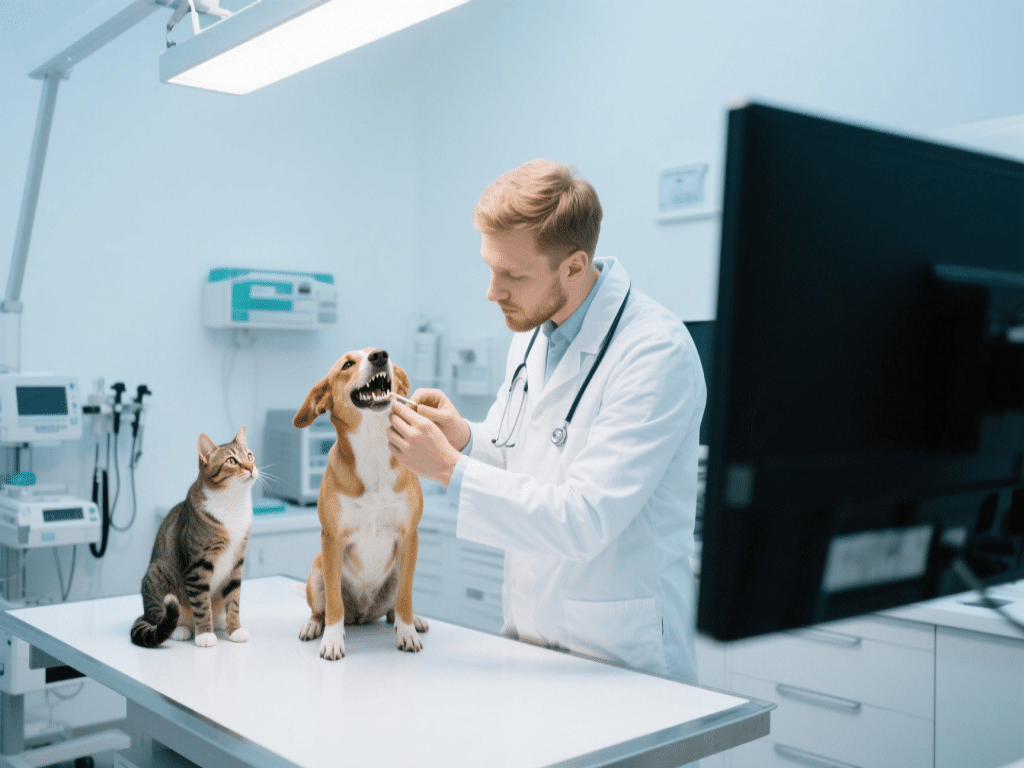

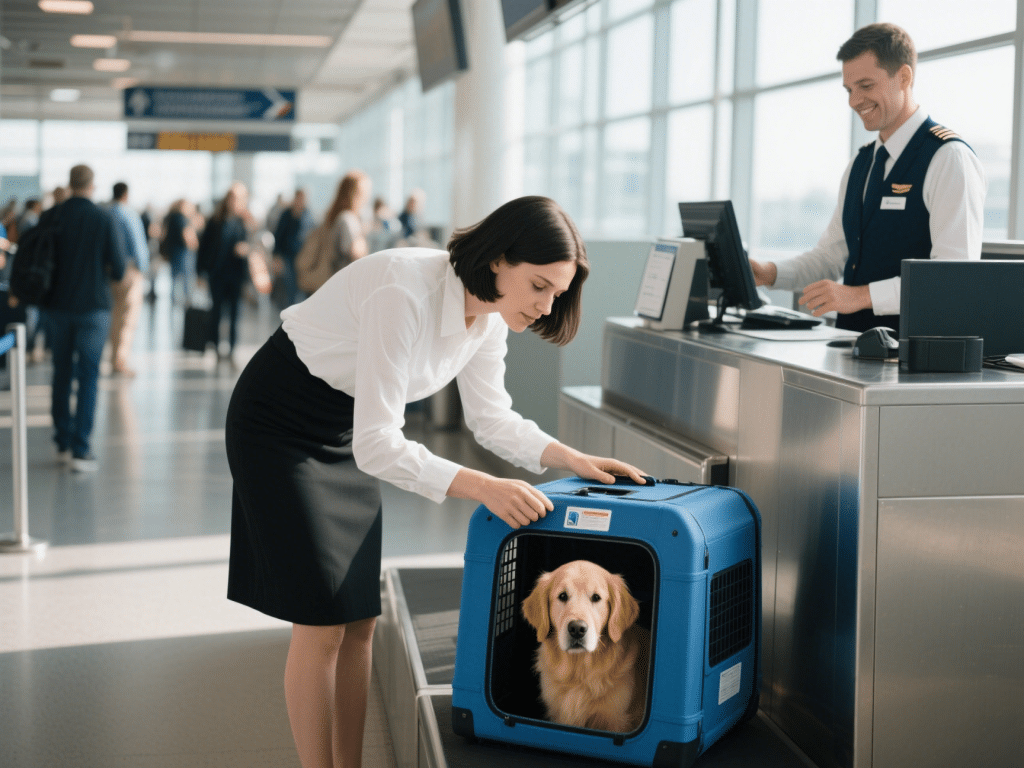

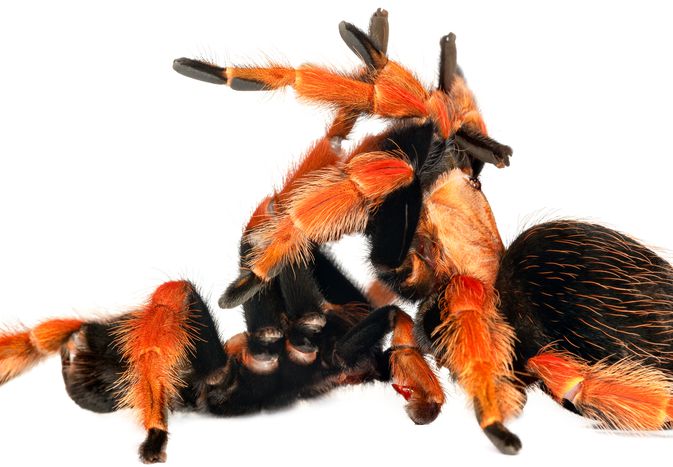

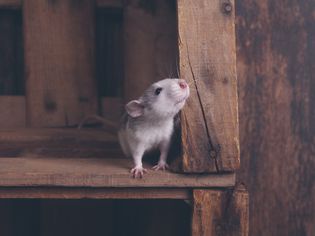
Comments on "How to Build a Pet-Friendly Garden: Tips for a Safe Outdoor Space" :